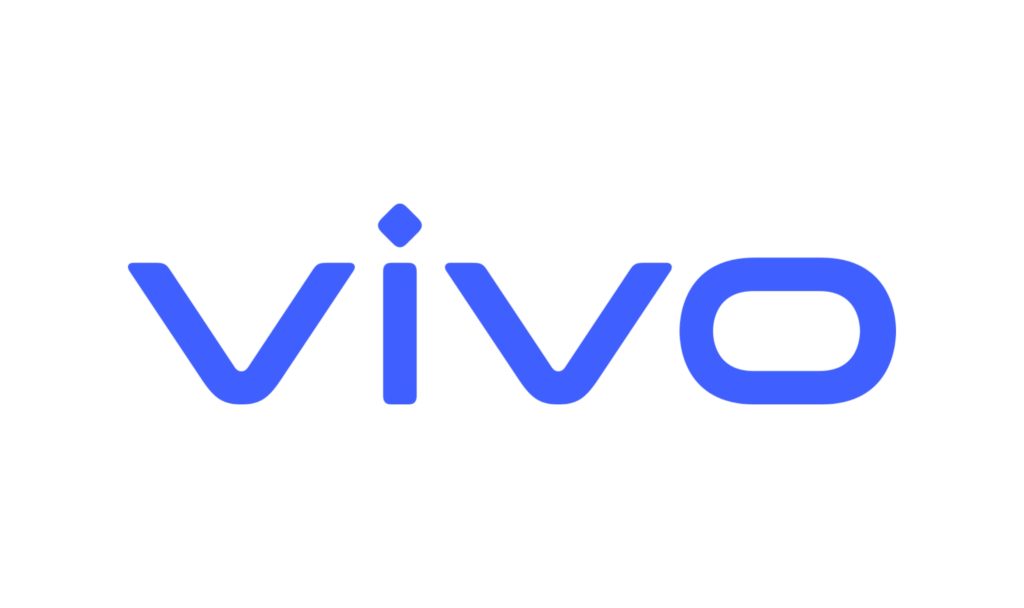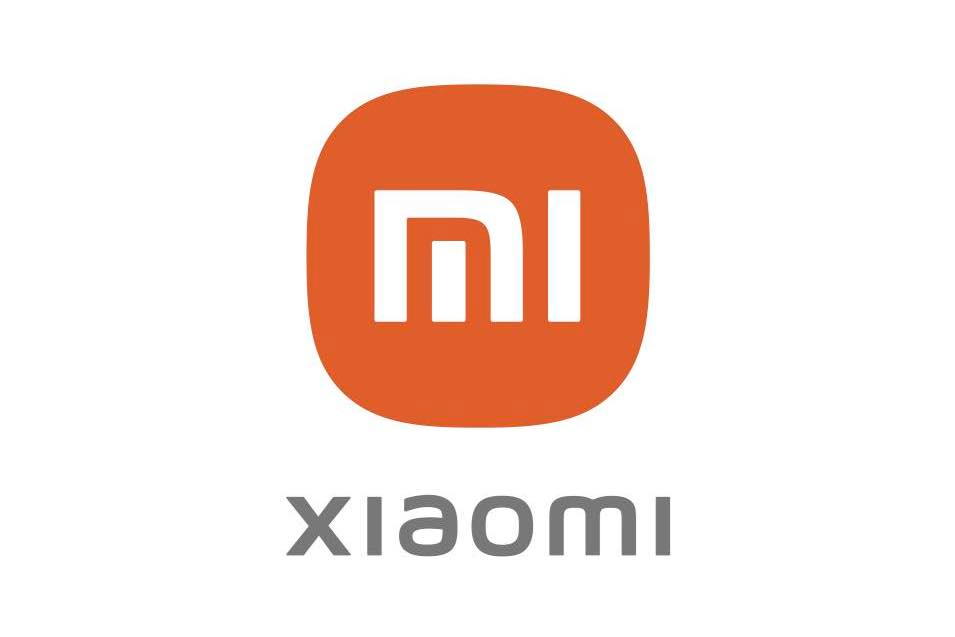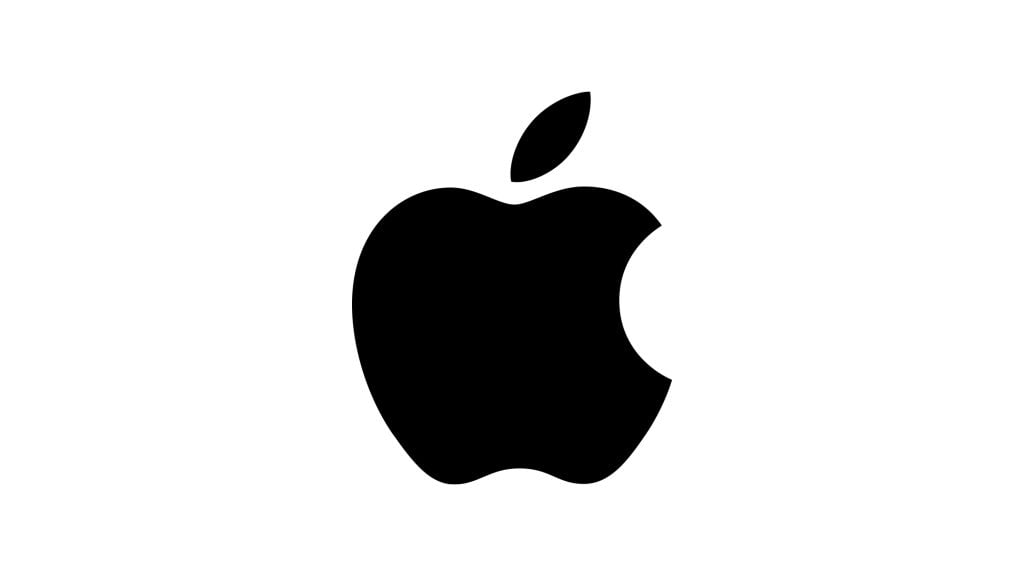After years, the Indian smartphone market is undergoing a significant transformation. A lot has changed over the last few quarters.
The brand that used to rule the market is no longer at the top. The average selling price has risen due to consumers’ preference for more expensive devices.
Although the top five brands are the same as before, their order has changed.
Let’s go through the current status of the Indian smartphone market, as per the latest IDC report.
New Market Leader
According to IDC’s Q2 2023 report on the Indian smartphone market, Vivo is currently the leading brand in the country with a 16% market share. Samsung follows closely behind with a 15.7% market share.

Xiaomi, which had been in charge of the market for years, held this position prior to a year ago. But right now, the company is fifth in the market with 11% market share.
Realme and Oppo are in the third and fourth spots, respectively. The former has a 12.6% market share, while the latter has the same share as Xiaomi.
OnePlus, Apple, Poco, Tecno, and Infinix make up the top 10. Poco registered the highest YoY growth of 76.5% YoY, piggybacking on its entry-level C series phones. Whereas, Vivo’s success is attributed to the V series handsets.
Decline in Shipments
In the first half of 2023, the Indian smartphone market shrank to 64 million units. Shipments fell 10% year on year.
Similarly, shipments fell 3% year on year to 34 million units in Q2 2023. However, the market increased by 10% over the previous quarter.

The most affected brand was Xiaomi, with a whopping 39.4% drop compared to last year, followed by Realme with a 29.8% decline. Oppo and Samsung also registered declines of 7.4% and 6.2%, respectively.
Xiaomi and Realme faced difficulties as online shipments dropped by 15% YoY.
Despite vendors and channels focusing on inventory clearance, shipments fell. They tried by providing discounts, special schemes, and price drops.
However, what’s interesting is that offline shipments grew by 11% in India and hit a 54% market share.
Shift towards Premium
The IDC data shows that the cheaper phones struggled while the premium ones prospered in India over the past few months. The average selling price (ASP) reached $241 in the second quarter of 2023. This marks a 13% increase in the ASP as compared to last year.
Consequently, it’s not surprising to see that the market share of the cheaper, sub-$200 smartphones went down to 65% from 70% YoY. While the premium category ($600+) registered the highest growth of 75% YoY. Overall, the premium smartphone segment increased its market share in India by 9%.

When you look at the mid-range segment, which consists of phones between $200 and $400, it didn’t see any growth from its 22% market share last year. This might come as a surprise given how we’ve seen many smartphones from different brands in this segment.
However, as mentioned above, the more expensive category, namely the upper mid-range segment ($400-$600), saw a significant growth of 34%, taking its market share to 5%.
When you look at the brands that did well, it’s no surprise that the premium ones like Apple and OnePlus saw significant growth in the first half of 2023. Apple had the highest ASP of $929 and grew by 61.1% YoY. OnePlus registered the same amount of growth as Apple. It’s worth adding that despite the solid growth, OnePlus’ ASP fell by 14% YoY to $346.
IDC Research Manager Upasana Joshi notes affordable financing options as the driving factor behind consumers’ preference for premium smartphones.
5G and Beyond
Looking at the data about 5G phones, India saw around 17 million 5G smartphones in Q2 2023 with an ASP of $366. Though the number sounds huge, the 5G market actually witnessed a decline of 3% over last year.
Brands like Samsung, Vivo, and OnePlus held the 5G segment together with a 54% market share. But when it comes to the highest-shipped 5G model, the Apple iPhone 13 took the lead, followed by the OnePlus Nord CE 3 Lite.
The 5G segment could see a significant push in the coming months, with brands planning to launch affordable 5G devices in H2 2023. The upcoming festive season could also turn out to be a driving factor for more shipments with discounts, pre-order offers, and upgrade bonuses.
As you can imagine, the above data indicates that the Indian smartphone market might actually shrink in 2023. For the market to grow in 2023, it needs strong double-digit growth in the next few months. But Navkendar Singh, Associate Vice President of IDC, thinks it is unlikely right now.
RELATED:
- Realme Narzo 60 5G Review: A budget phone that looks great, runs smooth
- Samsung’s new Flex Hinge for Foldables explained: How Does It Work?
- What are Smart Rings? How are they different from other wearables?
- Reno 10 Pro Plus pushes Oppo to premium segment in India
- Realme C53 Review: Well-rounded smartphone for ₹10000







